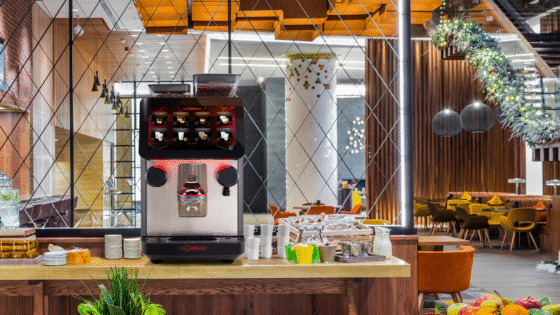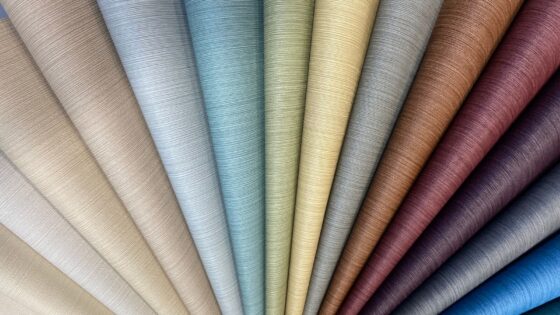With eco-friendly materials fast becoming rising stars in the world of interiors, there are multiple benefits of using architectural films and how they can refurbish existing surfaces. Lindsay Appleton, from surface manufacturer Architextural, explains…
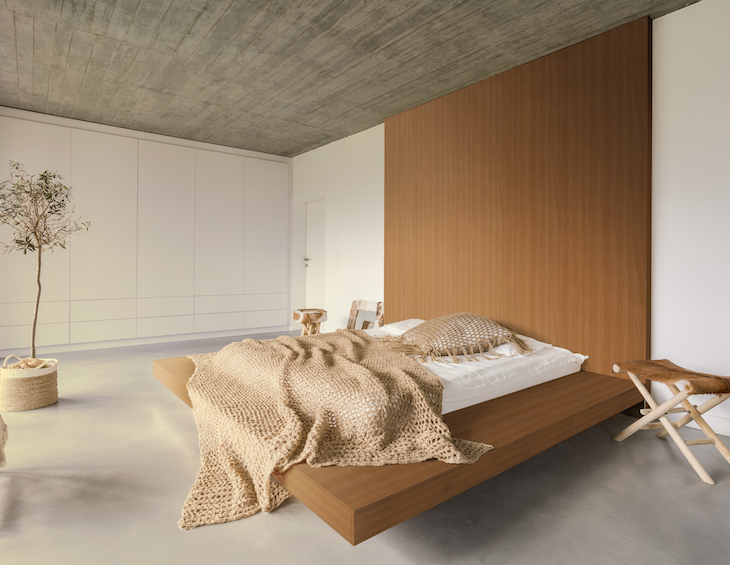
Gone are the days when wrapping was exclusive to vehicles; architectural films have opened up a wealth of design possibilities.
In a world where businesses need to keep up with the latest trends, refurbs are always high on the agenda, but contrary to popular belief, a renovation project doesn’t have to break the bank. Transforming a hotel interior has never been easier. From walls to partitions and even lifts, doors, columns and ceilings, thanks to architectural finishes you can wrap any surface. If you’re looking for an alternative renovation solution, why not consider self-adhesive films for a simple and cost-effective resolution for interior design projects?
You may not realise it, but you are surrounded by architectural films. Commonly found on intricate structures, self-adhesive films can be used in both domestic and commercial environments, including bars, restaurants, offices and more.
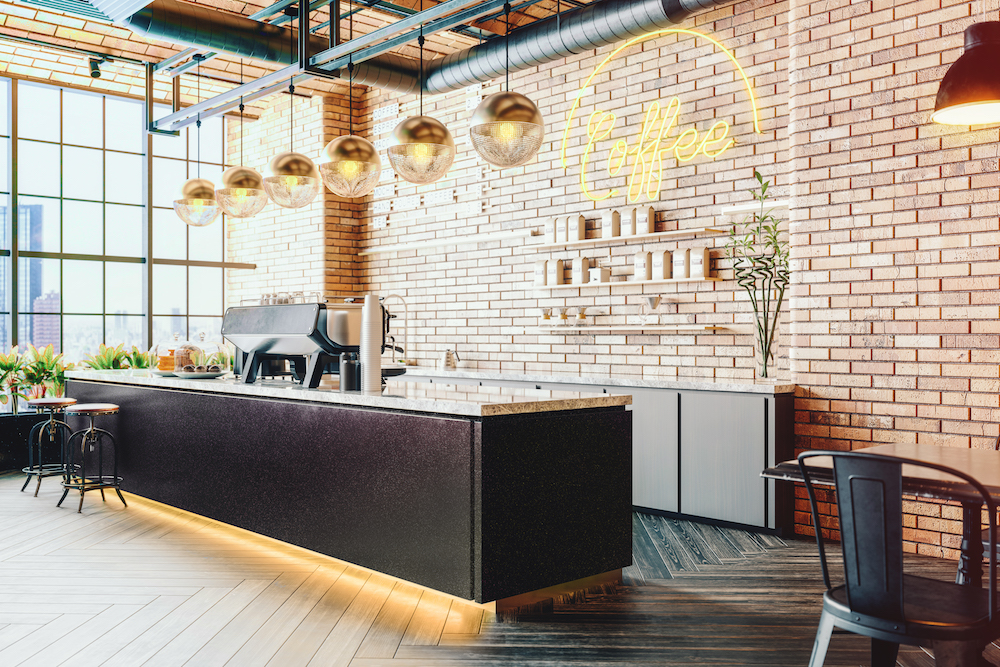
Image credit: Architextural/Third Wave Coffee Shop
Architects and interior designers turn to wrapping films for a number of reasons. They are durable, 3D-conformable, and can be quickly and easily installed with little noise, mess or waste and because they are lightweight, they can be applied in situ.
Wrap it, don’t rip it
The last decade has highlighted the importance of looking after our environment and architectural finishes can help tick that box too.
The traditional rip out and replace refurb methods result in existing interiors and materials being sent to landfill. Architectural finishes solve this problem. With a durability of 10 years plus, cost-conscious businesses have the option to renovate on a budget by simply wrapping the existing surfaces and upcycling instead.
With sustainability set to be a key trend in 2020 surface finishes can be used to make high-impact, sophisticated designs, in a variety of realistic finishes, ranging from textiles, concrete, marble, wood grain and more.
On trend
With over a thousand patterns to choose from, the possibilities really are unlimited, making in-vogue design more than achievable with architectural finishes.
Mimicking the aesthetics of natural materials, architectural films offer unrivalled choice of on-trend patterns and an alternative method to upcycle existing substrates in an affordable, high-quality finish.
Believe it or not, concrete is increasingly becoming the go-to material for bathrooms. Replicating this trend using film can be achieved, without having to build a wall of concrete. Giving a robust, industrial feel, the tough yet stylish look can offer a focal point for wall design.
Ever pined for interior design that replicates the outdoors? Then a realistic wood finish should be high on your list. You may be thinking that the look, feel and touch of wood would be impossible to replicate; however, with the new dry wood collection from 3M DI-NOC architectural finishes, it is possible to look and feel like the real deal.
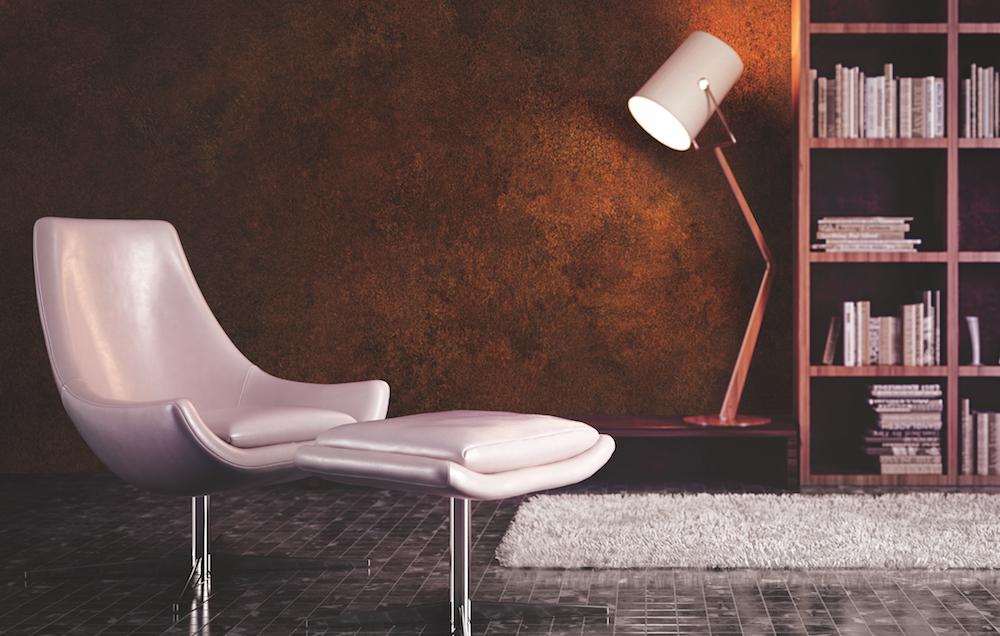
Image credit: Architextural
Feature walls are also a must-have in numerous commercial spaces. We are starting to see more and more distinctive feature walls or partitions and vinyls can provide businesses with a creative way to stand out from the crowd as a more durable alternative to wallpapers and painted effects. It’s important to maximise feature wall opportunities as it can help to create a strong, dynamic impression within an interior space. The new ultra matt or suede range also ticks this box.
Cost benefits
The market opportunity for refurbishment projects is huge. Market growth is a key indicator that shows commercial businesses are keen to invest to improve their spaces, to not only enhance branding, employee satisfaction and also customers experience.
As it typically costs seven times more to rip out and buy new interiors, rather than refurbishing existing surfaces, architectural finishes offer a great way of keeping within a manageable budget.
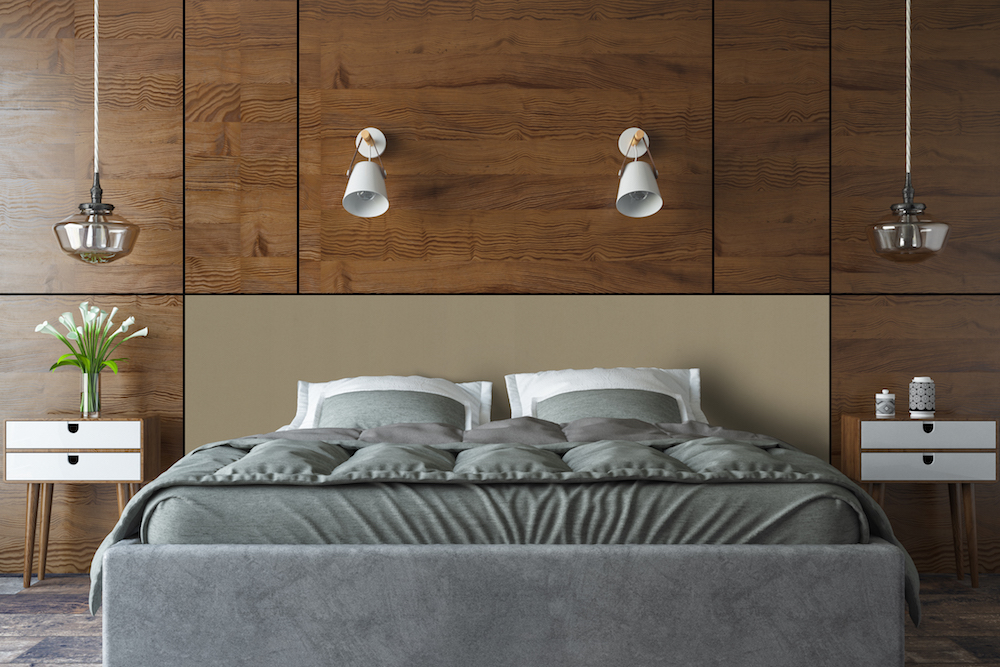
Image credit: Architextural
Companies looking to reduce costs and improve their environmental sustainability should perhaps consider upcycling the building’s doors, structures, partitions and furniture with self-adhesive finishes to refresh spaces without the loss of revenue or disruption to the business.
Architextural is one of our recommended suppliers. To keep up to date with their news, click here. And, if you are interested in becoming one of our recommended suppliers, please email Katy Phillips by clicking here.
Main image credit: Architextural


